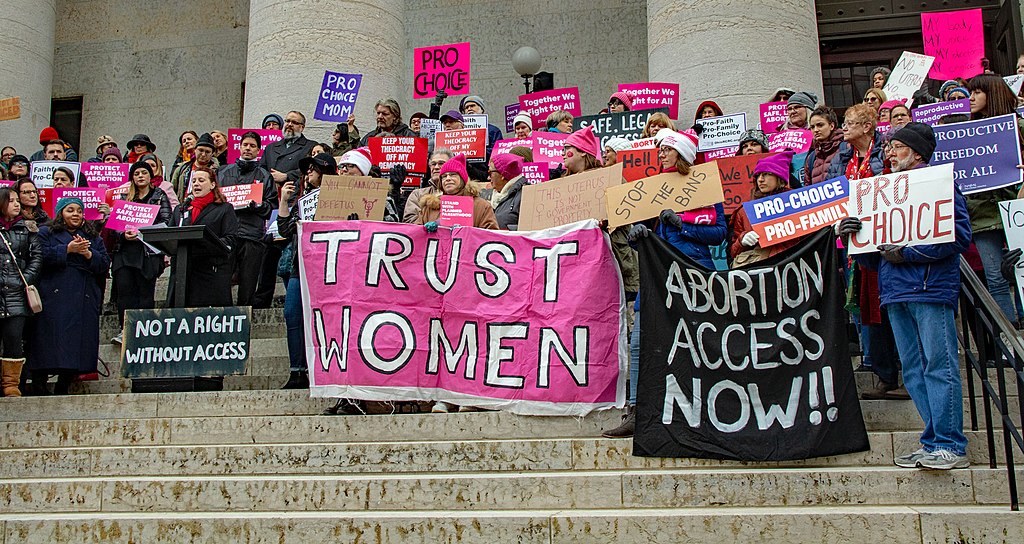A divided US Court of Appeals for the Sixth Circuit ruled 9-7 on Thursday upholding Tennessee’s 48-hour waiting period for an abortion.
The ruling stemmed from a 2015 case filed with the US District Court of the Middle District of Tennessee by Planned Parenthood and a group of abortion clinics and women’s rights activists claiming that the waiting period is unconstitutional. However, the plaintiffs did not request a preliminary injunction. So, the waiting period was in effect for five years before the district court ruled that the law unduly burdened access to abortion.
The Sixth Circuit reviewed the ruling en banc and reversed the decision. In his opinion, Circuit Judge Amul Thapar wrote that “Before making life’s big decisions, it is often wise to take time to reflect.” In determining the constitutionality of the law, the court applied a two-step test. First, the court questioned whether the state had a rational basis to enact a 48-hour waiting period. Second, the court asked whether the waiting period placed a substantial obstacle in the way of a large number of women seeking an abortion.
Citing Planned Parenthood v. Casey, Thapar wrote that waiting periods are a reasonable way to protect both the life of an unborn fetus and ensure that a woman seeking an abortion has made an “informed and deliberate” decision. Thapar concluded that if the 24-hour waiting period in Casey was justified, so too is Tennessee’s 48-hour waiting period.
As far as whether the waiting period substantially burdened women’s ability to seek an abortion, Thapar noted “the statistical evidence that women in Tennessee continued to obtain abortions in large numbers after the waiting period took effect.” While abortions did decline by approximately 9% over the five years of the district court case, Thapar argued that that percentage did not equate to a “large fraction of abortion seekers,” and in fact mirrored trends of declining abortion rates nationally.
Finally, Thapar focused on the fact that after five years of litigation, the plaintiffs “failed to name a single woman who has suffered an increased burden.” He called the lack of witness evidence “fatal” to the plaintiff’s challenge.
Circuit judge Karen Moore offered a lengthy dissent, criticizing the majority for “whitewashing the record.” She accused the majority of ignoring or dismissing the extensive evidence that had been presented during the bench trial comparing it to what she characterized as the “sparse” evidentiary record in Casey. According to Judge Moore, the evidence shows far more substantial financial and logistical burdens than were present in Casey.
Judge Moore concluded that the law “stigmatizes women . . . while providing absolutely no benefit.” Moore wrote that as far as the Sixth Circuit is concerned, “the scales have now tipped inescapably against women: their rights are secondary, their burdens immaterial, the obstacles they must face are nothing.”


